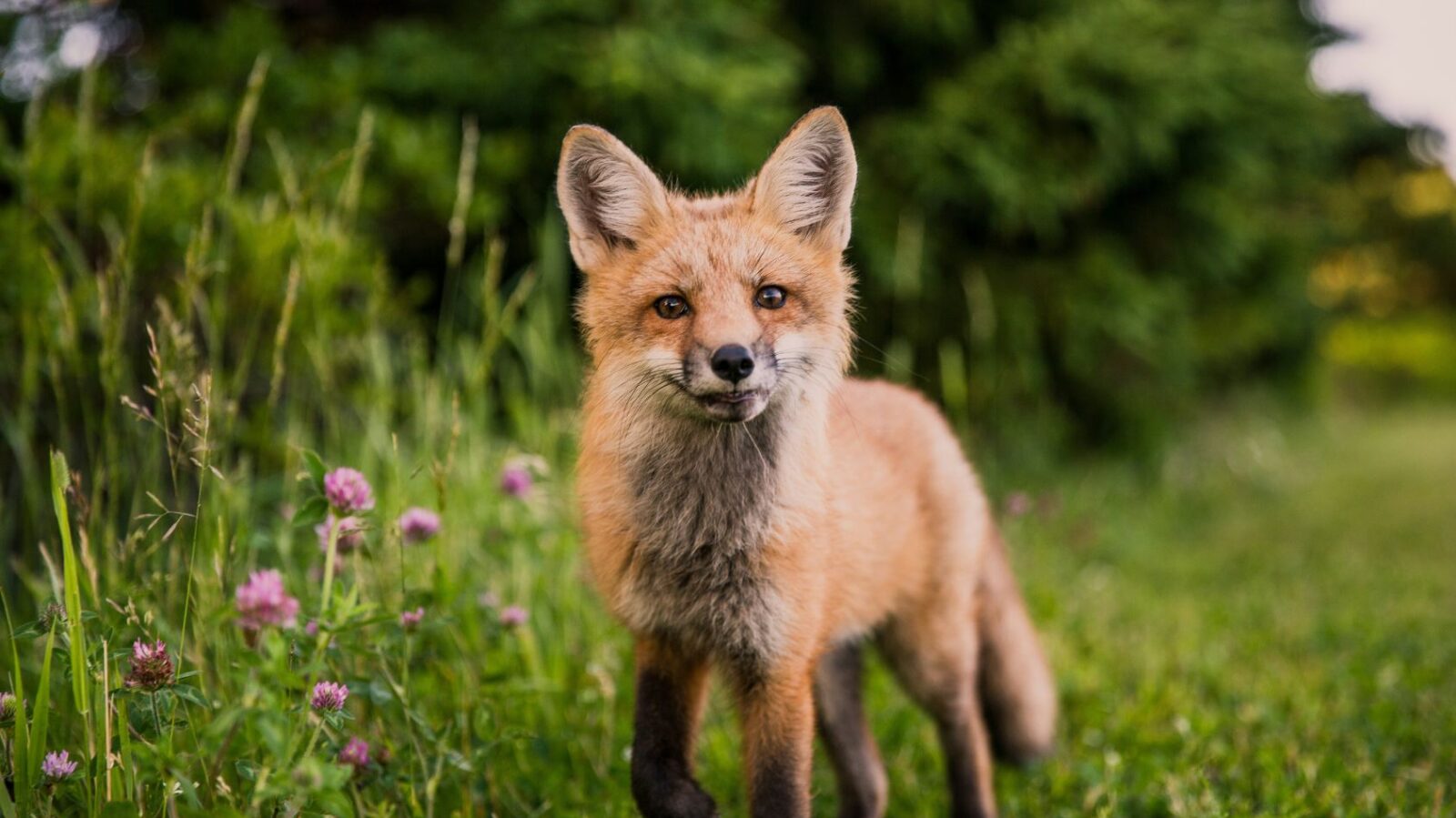Guest post by Sarah Gerhardt
As gardeners we can make a huge contribution to a healthy environment if we work with nature rather than against it. Even small changes and simple swaps can make a big difference. Here are five tips that will make your garden more attractive to wildlife and thereby increase its biodiversity.
Be Less Tidy
A lot of people like a tidy garden but a messy garden is actually better for wildlife. It doesn’t mean that your whole garden has to look untidy. Even just reserving a corner for a leaf pile or a log pile in autumn can help a hibernating mammal such as a hedgehog survive the winter. Leaf and log piles also provide shelter for toads and insects.
Avoid cutting down the seed heads of herbaceous plants such as coneflower, yarrow or fennel at the end of the season. Birds will
appreciate the seeds that are left in them as food over winter. Dried out hollow plant stalks that are left in beds and borders can serve as winter homes for insects.
Consider leaving some of the unwanted plants that you would normally pull out. For example, wild oregano and campanula still flower late in the season and provide food for insects. Nettles are an important food plant for many butterflies and moths and their caterpillars.
If your garden has a lawn, try mowing it less frequently. This allows for small wildflowers such as daisies and clover to flower and provide food for insects. You may even like to convert part of your lawn into a wildflower meadow. This is a fantastic way to provide food and shelter for many beneficial creatures and you are rewarded with a beautiful flower display.
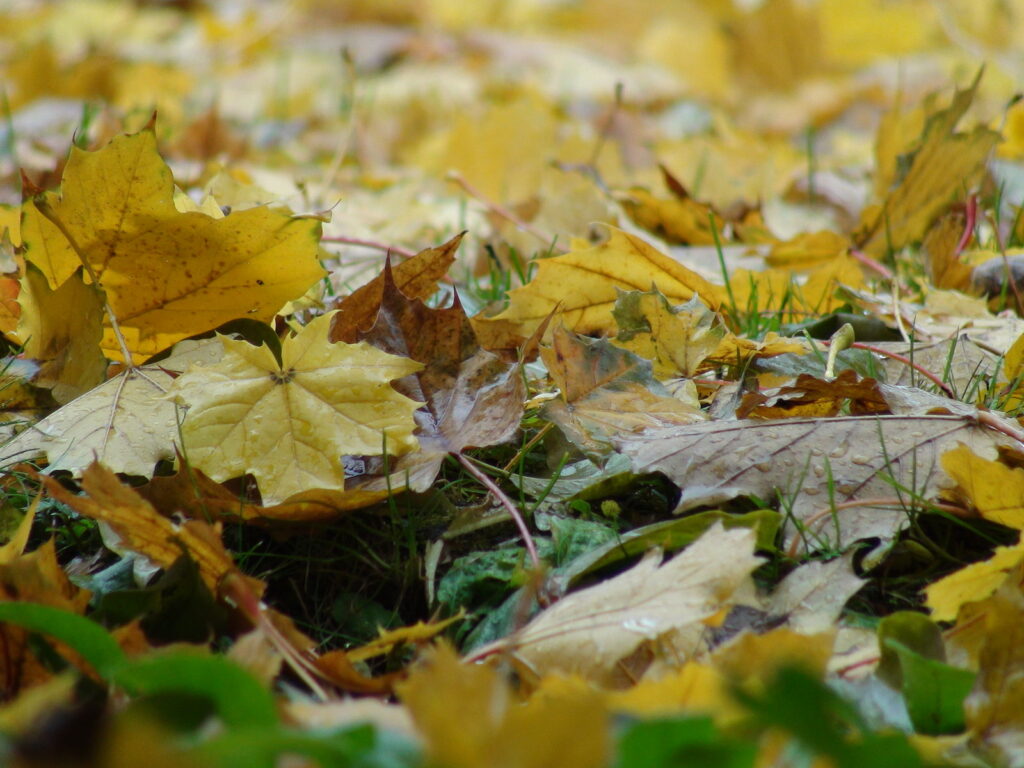
Put up nest boxes for birds and/or bats
If you have an larger tree, fence or wall in your garden you might like to put up a next box to create a secure nesting site for birds. Nest boxes for the majority of bird species should be situated 2-4 metres above ground out of the reach of predators. The entrance hole should be
facing between north and east. This direction will provide protection from direct sunlight, wind and rain.
A 25 mm diameter entrance hole is suitable for smaller species such as coal, marsh and blue tits, a 32 mm hole is favoured by larger types of birds such as nuthatch, house sparrow and woodpecker. Boxes for sparrows and swifts need to be placed higher, typically in the eaves of a house. There are special boxes for robins that can be placed inside a hedge.
The best time to put up a bird box is in autumn when birds start looking for places to roost in winter and scout out potential nesting sites for spring. However, any time is a good time to put up a bird box as long as it is done correctly. The RSPB has a lot of information on how to best put up bird boxes, how to build your own and they also sell some good quality boxes: https://www.rspb.org.uk/
Have you ever thought about encouraging bats into your garden? Bats are fantastic natural pest controllers. They eat hundreds of tiny insects every night, many of which are damaging to plants (or bite humans!).
Sadly bats are declining because there are less and less wooded areas, open green spaces and ponds that they need to roost and feed. Special nesting boxes are one way of helping bats and encouraging them into your garden. They imitate the tree holes and caves that bats naturally use as habitats. More information on bat boxes can be found here: https://shopping.rspb.org.uk/wildlife-friendly-garden/wildlife-habitats/bat-boxes
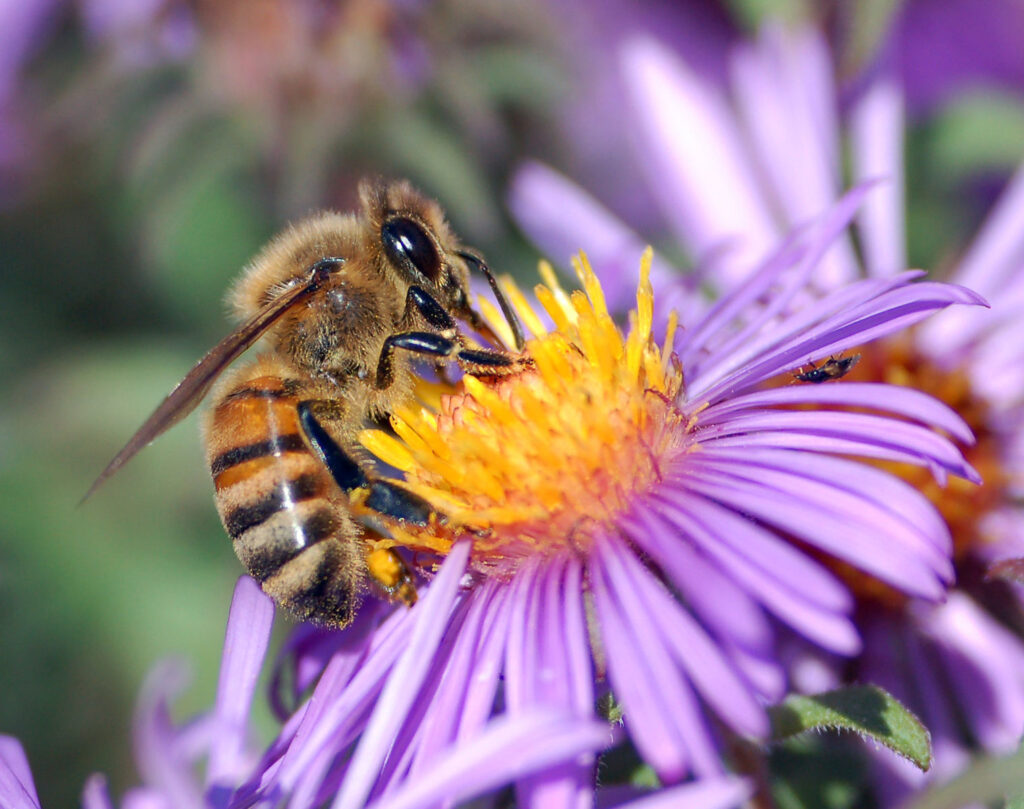
Plant for wildlife
Choose plants that are pollinator-friendly which means that they have flowers that contain pollen and nectar. This makes them a food source for insects such as bees and butterflies who perform the important task of fertilising flowers so that fruits and seeds can grow. Try to choose a variety of plants that bloom at different times throughout the season so that there is a steady food supply for pollinating insects.
Avoid highly-bred cultivars such as those with double flowers.
They often contain little to no pollen or nectar. It is a good idea to plant native Scottish flowers as they usually provide some of the best food sources. For example, bluebells and foxgloves make great plants for pollinators. Non-native flowers can also be great for pollinators as long as their flowers contain pollen and nectar that is accessible to the local fauna. Perennial plants are often a better source of pollen and nectar than annual plants.
Many native shrubs and small trees such as hawthorn, rowan and elder are excellent food sources for birds, small mammals and insects such as caterpillars as well as providing shelter and nesting spaces.
Avoid Using Pesticides
Pesticides can be harmful to soil-living organisms and thereby not only affect the quality and structure of the soil but also reduce the food available to other kinds of wildlife. They can poison animals or those that eat other animals poisoned by pesticides. This way they get carried through the food chain. In addition, spray drifts from pesticides may be carried in the wind or land in water, potentially remaining in the environment for years and causing further harm. Pesticides can kill pollinators which then leads to a decline in crop yields.
Many kinds of wildlife are great pest controllers themselves so keeping pesticides out of your garden can even help with pest control. In addition you can switch to alternative ways of pest control such as companion planting, biological controls and physical barriers.
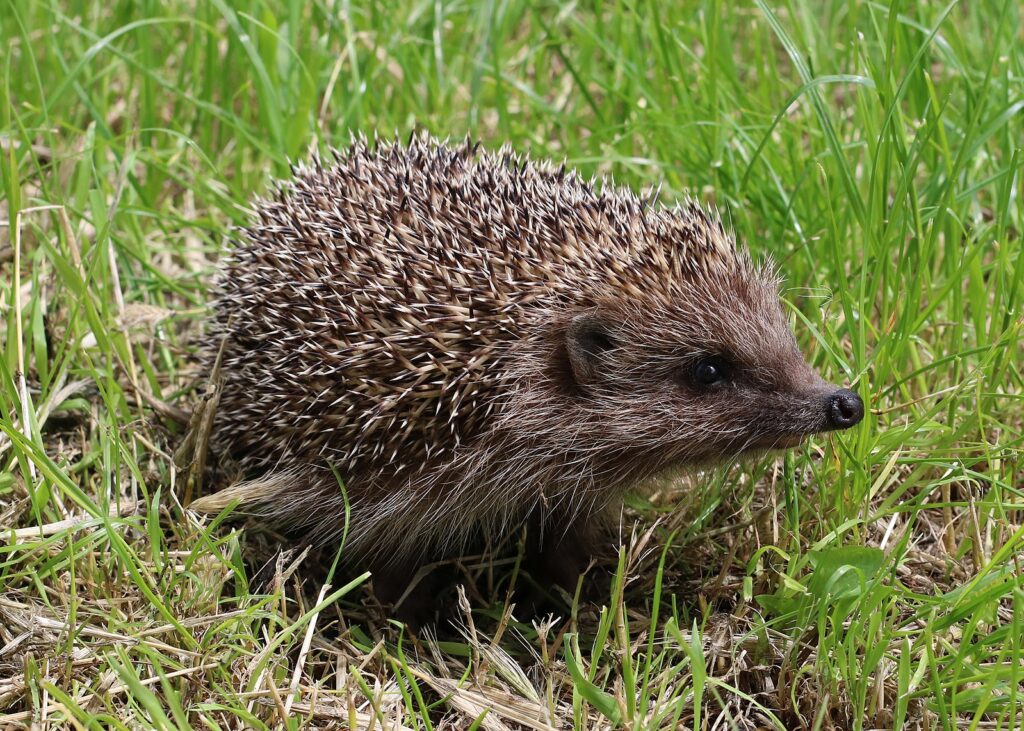
Add water
Adding an area of water to your garden is a great way to encourage wildlife to your garden. While installing a pond may sound like a big project it does not have to be. A small container of water will serve the purpose. Note that a lot of water-loving wildlife such as frogs and newts like quite shallow water. Site your pond in an out-of-the-way spot that receives some sun. Make sure that at least one side of it is sloping so that wildlife can enter and exit easily. Don’t introduce fish into a wildlife pond as they will eat lots of the water dwellers. You can allow water plants to establish naturally.
Hopefully these five tips have given you some inspiration. Thoughtful additions to our garden and small changes in our gardening behaviour can make a world of a difference to the amount and type of wildlife it can support. And sometimes encouraging wildlife into the garden is literally about doing less.
About the author: Sarah Gerhardt is a gardener, linguist and punk musician based in Edinburgh. She was head gardener at the Dean Gardens, Edinburgh for 9 years and runs her own gardening business Gerhardt’s Garden Service. Find out more via her Linktree: https://linktr.ee/gerhardtsgardenservice
-
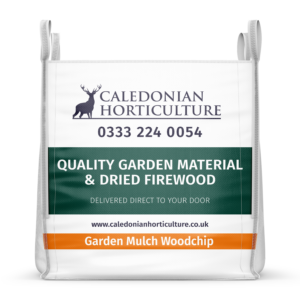 Builder’s Bag Garden Mulch Woodchip£58.00 inc VAT
Builder’s Bag Garden Mulch Woodchip£58.00 inc VAT -
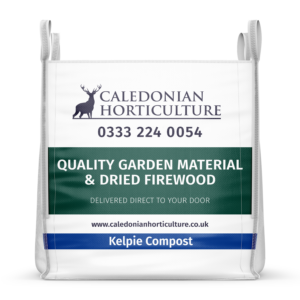 Builder’s Bag Kelpie Compost£72.00 inc VAT
Builder’s Bag Kelpie Compost£72.00 inc VAT -
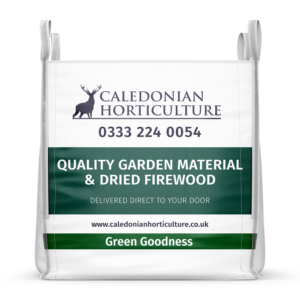 Builder’s Bag Green Goodness£52.00 inc VAT
Builder’s Bag Green Goodness£52.00 inc VAT

